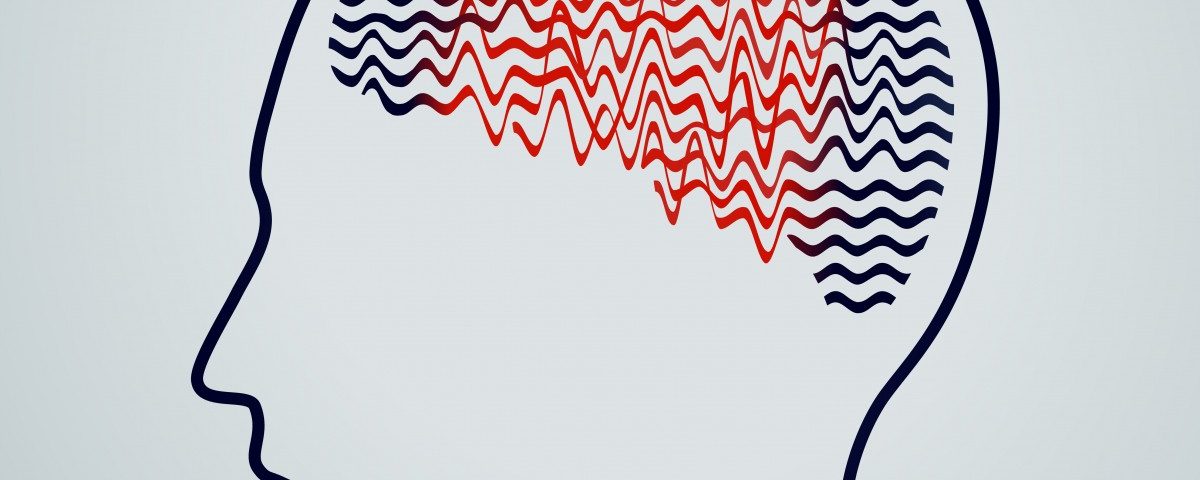Marinus Pharmaceuticals’ ganaxolone inhibited neural processes in the brain that, when unchecked, can trigger epileptic seizures, according to a Phase 1 clinical trial.
The results suggest ganaxolone could become a safe and effective epilepsy therapy, the company said.
Julia Tsai, Marinus’s executive director of clinical development, presented the results at the 6th London-Innsbruck Colloquium on Status Epilepticus and Acute Seizures in Salzburg, Austria, April 6-8. Her poster session was titled “Phase 1 Study To Determine The Pharmacokinetics, Pharmacodynamics, And Safety Of IV Ganaxolone In Healthy Adults.”
In a healthy brain, the communication between neurons depends on several proteins that, working together, propagate the electrical signals. The space between neighboring neurons is called the synapse, and it is where electrical signals are passed from one neuron to another.
Neurons whose function is to activate other neurons are called excitatory neurons. Uncontrolled activity of excitatory neurons can trigger seizures and may damage the brain.
To assure that neuronal communication is not exaggerated or dysregulated, other neurons have to control the excitatory neurons’ activity. These brake-appliers are known as inhibitory neurons.
Ganaxolone targets synaptic and extrasynaptic GABAA receptors that are involved in neuron-inhibiting activity in the brain. They are anti-anxiety as well as anti-seizure agents. The receptors act as an anticonvulsant by restoring electrical balance to the brain when it is in the midst of seizures.
The Phase 1 study investigated the safety and properties of intravenous ganaxolone in 36 patients. They received the drug either as a rapidly rising dose known as an ascending bolus dose or by continuous infusion. Every dose regimen of ganaxolone was safe and well-tolerated, and reached targeted dose levels in a short time.
Positive changes in neuron-inhibiting parameters were consistent with the activation of GABAA receptors, and were dose-dependent, researchers said. The team assessed the treatment’s effectiveness with two methods of measuring neuron-inhibiting activity in the brain: Bispectral Index (BIS) and electroencephalography (EEG).
Judges rated Marinus’ poster presentation one of the 20 best at the colloquium.
“We are honored to have our ganaxolone IV data selected as a Best Poster for presentation at this premier medical conference,” Jaakko Lappalainen, Marinus’ vice president of clinical development, said in a press release. “Best Posters are being offered for publication as a supplement in Epilepsia, the world’s leading journal of original scientific research and commentary in epileptology. We look forward to partnering with the Colloquium and the medical community in their goal to improve outcomes and treatment options for patients with [epilepsy].
“There is a significant need for therapies that can rapidly stop the seizures in patients with [epilepsy],” he added. “We believe ganaxolone IV could be a promising therapeutic option in this difficult-to-treat seizure disorder, and look forward to advancing our clinical studies into status epilepticus later this year.”


